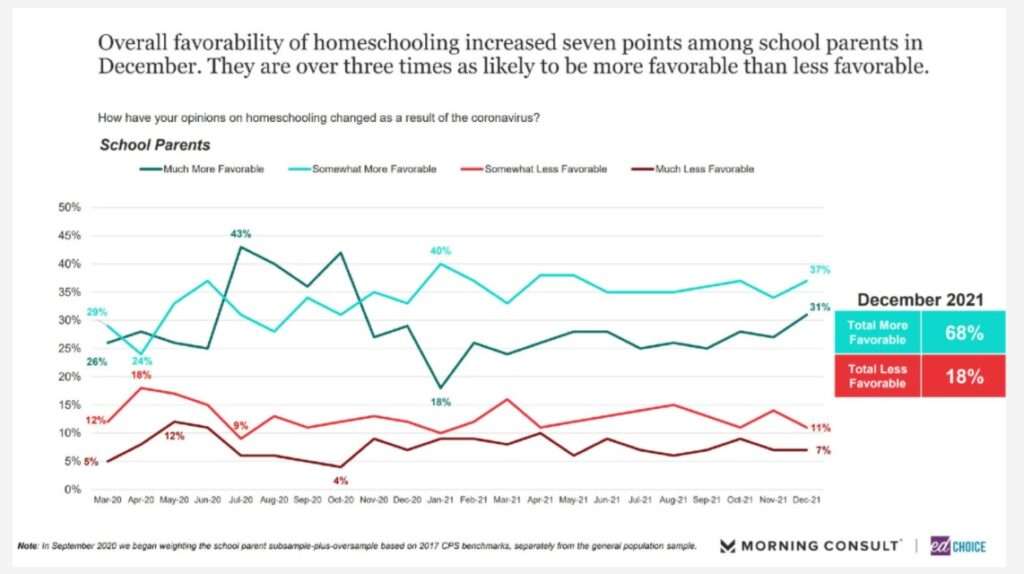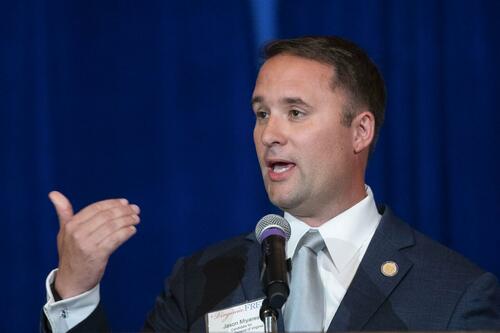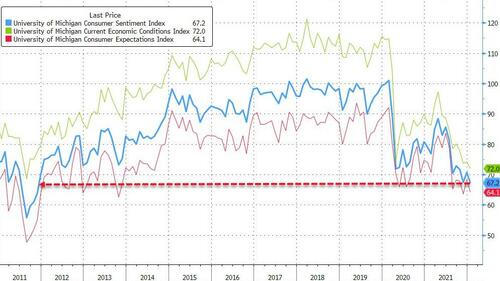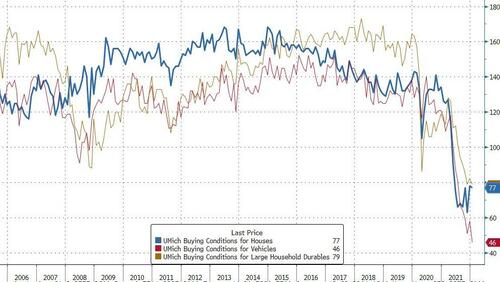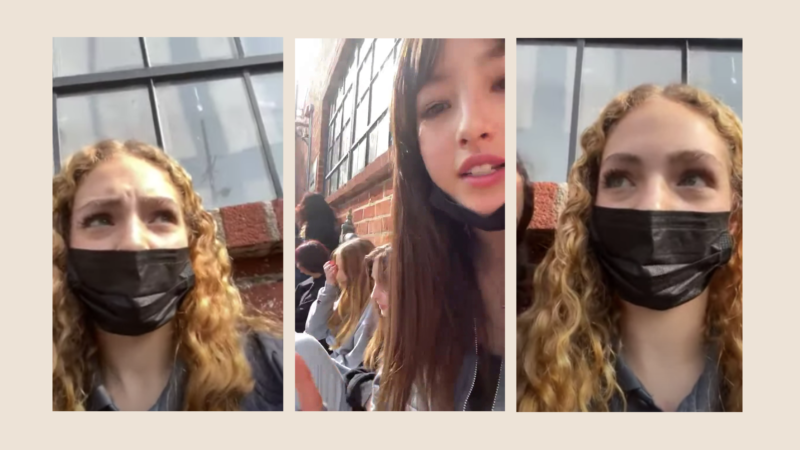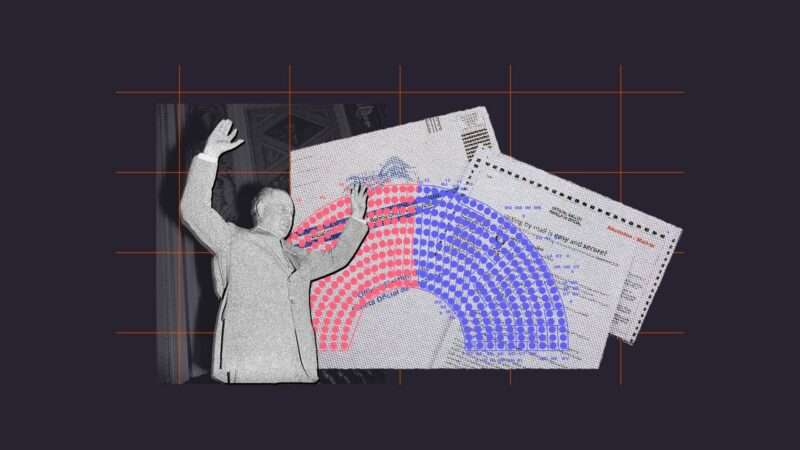From Judge Danielle Forrest’s opinion in Williamson v. City of National City, joined by Judges Susan Graber and Consuelo Callahan, which strikes me as correct:
This excessive force case concerns how police officers responded to a protest that Plaintiff Tasha Williamson and others participated in during a National City, California, city council meeting. The protest prevented the city council meeting from continuing, and police officers warned the protesters that they had to leave the meeting room or they would be arrested. The protesters refused to leave and passively resisted being removed by going limp. Officers handcuffed the protesters and carried or pulled them by their arms from the meeting room.
Williamson sued under 42 U.S.C. § 1983, alleging that she suffered wrist and shoulder injuries when she was forcibly removed. We conclude that the officers did not use excessive force in violation of the Fourth Amendment ….
“In evaluating a Fourth Amendment claim of excessive force, we ask ‘whether the officers’ actions [wer]e “objectively reasonable” in light of the facts and circumstances confronting them.'” To determine whether an officer’s actions were objectively reasonable, we consider: “(1) the severity of the intrusion on the individual’s Fourth Amendment rights by evaluating the type and amount of force inflicted, (2) the government’s interest in the use of force, and (3) the balance between the gravity of the intrusion on the individual and the government’s need for that intrusion.” …
Even viewing the evidence in Williamson’s favor, the type and amount of force used by the Officers in this case was minimal. The Officers did not strike Williamson, throw her to the ground, or use any compliance techniques or weapons for the purpose of inflicting pain on her. Rather, they held her by her arms and lifted her so they could pull her out of the meeting room after she went limp and refused to leave on her own or cooperate in being removed.
Moreover, the inherent risk of two officers pulling someone who has gone limp and refuses to move by her own power is not significant. It cannot reasonably be disputed that the force the Officers used in this case was less significant than “yanking, pulling, jerking, and twisting” a person whose legs are pinned underneath a car seat—which we have deemed a minimal intrusion….
Finally, Williamson’s injuries—a sprained wrist, mild swelling, and a torn rotator cuff—though not trivial, are roughly equivalent to those in Forrester (bruises, pinched nerve, broken wrist) and much less severe than those in Johnson (rendered a paraplegic). And in both of those cases, we concluded that the intrusion at issue was minimal despite the injuries that occurred. We conclude the same here….
Next, we “evaluate the state’s interests at stake by considering ‘(1) how severe the crime at issue was, (2) whether the suspect posed an immediate threat to the safety of the officers or others, and (3) whether the suspect was actively resisting arrest or attempting to evade arrest by flight.'” “Among these considerations, the ‘most important’ is the second factor—whether the suspect posed an immediate threat to others.” …
It is undisputed that Williamson’s crime was minor, that she posed no threat to anyone, and that she was not actively resisting arrest. Nonetheless, the Officers argue that they had a legitimate interest in removing and arresting her, particularly where proper warnings were given before they used any physical force. They also argue that we should consider Williamson’s “relative culpability” in refusing to get up. Williamson counters that the governmental interest was “about as low as it gets,” even considering her relative culpability.
We conclude that National City’s interest in forcibly removing Williamson from the city council meeting was low, but it was not nonexistent. Williamson’s nonviolent disruption of the city council meeting was a minor offense. And where Williamson’s actions did not pose any physical danger to others, we do not consider her relative culpability.
But even if the city’s interest was low given the lack of exigency posed by threat of harm or other factors, this does not mean that the city was “required to permit the ‘organized lawlessness’ conducted by the protestors.” “Even passive resistance may support the use of some degree of governmental force if necessary to attain compliance … depend[ing] on the factual circumstances underlying that resistance.”
Moreover, the risk posed by the protesters was not zero. While the six who laid down near the podium were docile and merely refused to leave the area when directed, other protesters (or people sympathetic to the protesters’ demonstration) who remained in the audience area were yelling at the officers and at times trying to push into the podium area. This is not the same strain of risk posed by the crowds in Forrester and Felarca, but it is nonetheless relevant in assessing the totality of circumstances that the officers faced when they decided to remove the protesters participating in the demonstration rather than allow the demonstration to continue.
It goes without saying that citizens have a right to express their disagreement and dissatisfaction with government at all levels. But they do not have a right to prevent duly installed government from performing its lawful functions. To conclude otherwise would undermine the very idea of ordered society.
Officers repeatedly warned the protesters that they had to leave the front of the meeting room or they would be arrested, and they refused to comply. Their demonstration disrupted the city council meeting, which was adjourned “for order to be restored.” National City’s choice was to allow the protesters to remain in the city council’s meeting room until they chose to leave on their own—which the constitution does not require—or to forcibly remove them.
Williamson has not identified any less intrusive means available to the Officers for restoring order in the city council room so that the city’s legitimate business could proceed. Other means of physically removing her when she refused to leave or cooperate with being moved, such as using more officers to carry her or pulling her by her legs instead of her arms, would not have involved an appreciably smaller risk of causing pain or injury. In sum, we conclude that, as in Forrester, National City had a legitimate interest in “dispersing and removing lawbreakers,” but the extent of its interest was low because it was not facing a voluminous crowd acting with a “concerted effort to invade private property, obstruct business, and hinder law enforcement,” as was the case in Forrester.…
Williamson testified that she and the other protesters had decided in advance that they would not willingly leave the meeting room. The very purpose of their protest was to disrupt the city council meeting and interfere with the city conducting its business. Thus, they created a situation in which the city had to either succumb to the disruption or use some amount of force to remove the protesters from the meeting room. The city chose the latter, and the “undisputed evidence shows that the officers used only the force reasonably necessary to remove [Williamson] from the meeting.”
Williamson could have avoided or reduced the pain and injury she alleges she suffered from the Officers’ conduct by cooperating with them and leaving the room under her own power. She did not. But her choice does not render the Officers’ conduct unreasonable. To conclude otherwise would be to discount entirely the City’s legitimate interests in maintaining order and ensuring that the public’s business is not circumvented by people engaging in disruptive, albeit nonviolent, conduct….
The post Dragging Out Protesters Disrupting City Council Meeting Isn't Excessive Force appeared first on Reason.com.
from Latest – Reason.com https://ift.tt/3r8899g
via IFTTT

